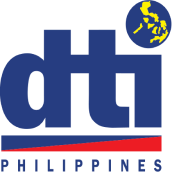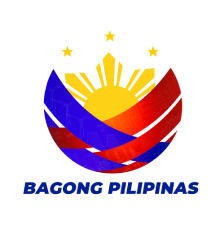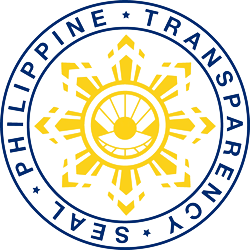Definition of PTA
What is FTA?
Types of FTA and Economic Integration Stage
- STEP 1 Elimination of Intra-regional tariffs
- STEP 2 Joint imposition of external tariffs
- STEP 3 Assurance of free movement of production factors within the region
- STEP 4 Implementation of joint economic policies within the region
-
FTA
Elimination of intra-regional tariffs in Free Trade Agreement (FTA)
(ex. AKFTA) - Customs Union Joint imposition of tariffs in Customs Union (ex. EFTA/EAEU)
- Common Market Free movement of production factors in Common Market (ex. EEC)
- Economic Union Joint imposition of tariffs in Customs Union (ex. EFTA/EAEU)
What is GSP?
How can GSP Benefit the Philippines?
- Economic Growth
- By fostering export growth, job creation, and market diversification, GSP can contribute to overall economic growth, helping the Philippines reduce poverty and improve living standards.
- Increased Market Access
- The Philippines, as a beneficiary of GSP, gains easier access to major export markets like the United States and the European Union. Many Philippine goods can enter these markets either duty-free or at reduced tariffs, making them more competitive compared to goods from countries that do not receive GSP benefits.
- Boost to Exports
- By reducing or eliminating tariffs on various goods, GSP helps the Philippines expand its export sectors. Products like electronics, textiles, coconut oil, and agricultural goods become more attractive to foreign buyers due to the lower import costs.
- Diversification of Exports
- GSP allows the Philippines to diversify its exports by expanding into new markets or sectors. Since GSP covers a wide range of products, Philippine exporters can explore opportunities outside of their traditional.
- Job Creation
- With increased demand for Philippine products in international markets, domestic industries benefit, leading to job creation, particularly in export-oriented sectors such as manufacturing, agriculture, and electronics.
Types of GSP and Economic Integration Stage
GSPs are trade preferences typically granted by developed countries to developing countries. They aim to support the economic growth of developing nations by allowing lower tariffs on their exports. GSPs can be categorized into different types based on the level of benefits granted, as well as the conditions for economic integration among participating countries.
-
STEP 1
Elimination or Reduction of Tariff
This step involves granting tariff reductions or eliminations on specific products originating from developing countries. The preferences are unilateral, and only the developed countries implement the reduction.
-
STEP 2
Imposition of Conditionalities
As GSP programs progress, conditions such as compliance with labor standards, environmental policies, or intellectual property rights might be imposed to ensure sustainable development.
-
STEP 3
Graduation of Beneficiary Countries
At this stage, countries that have reached a certain level of economic development are "graduated" from GSP eligibility and no longer receive preferential treatment. This helps ensure that only countries in need continue to benefit from the program.
-
STEP 4
Transition to FTAs or Other Trade Agreements
Countries that have benefitted from GSP may transition into bilateral or regional trade agreements like FTAs as they develop stronger economic relations with the granting country or region.





